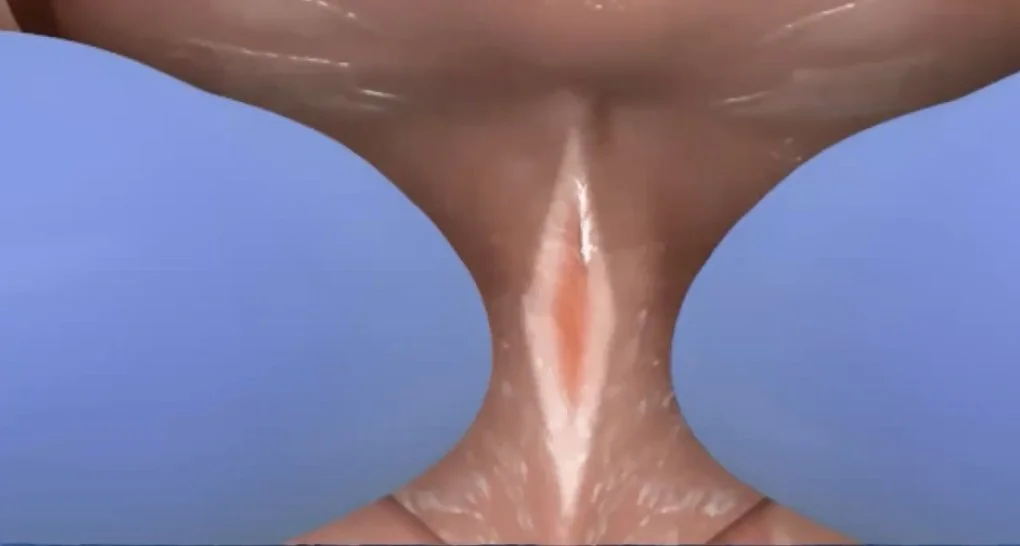Lingual frenuloplasty (Release)
Lingual frenuloplasty is a procedure that involves the modification or repair of the lingual frenulum, a small piece of tissue that connects the underside of the tongue to the floor of the mouth. A restricted lingual frenulum is also called a "tongue-tie."
During the procedure, an incision is made in the frenulum with the state of the art LightScalpel CO2 laser so that the Doctor can access the underlying connective tissue and fascia to release the tension and modify the frenum attachment.
Releasing the tension allows for better tongue movement and helps to alleviate the difficulties caused by a tight or short lingual frenulum, allowing for better oral function and improved quality of life.
After the surgery, the patient may experience some discomfort and swelling, but these symptoms typically subside within a few days. It's important to follow any post-operative care instructions to promote healing and prevent complications.
Many children are born with a tongue or lip tie.
For infants a laser frenectomy using a CO2 laser is a very quick, precise, and gentle procedure. The CO2 laser promotes rapid healing and minimizes the risk of bleeding, discomfort, or infection. Topical numbing gel is applied, and the procedure is completed in seconds. An infant frenectomy is safe and has been proven to make a profound difference for infants and mothers. The procedure often results in alleviating reflux, gassiness, and colic in the baby. It can have a positive impact on the child’s oral and overall development especially when working collaboratively with other healthcare professionals.
For infants & young children we often work collaboratively with local professionals which include: CLC, IBCLC, CST, LMT, PT, OT, SLP and in some cases, additional therapy such as speech or feeding therapy may be recommended and a referral given.
Laser frenectomy treatment is a safe treatment proven to make a profound difference for infants and mothers. The procedure often results in alleviating reflux, gassiness, and colic in the baby.


